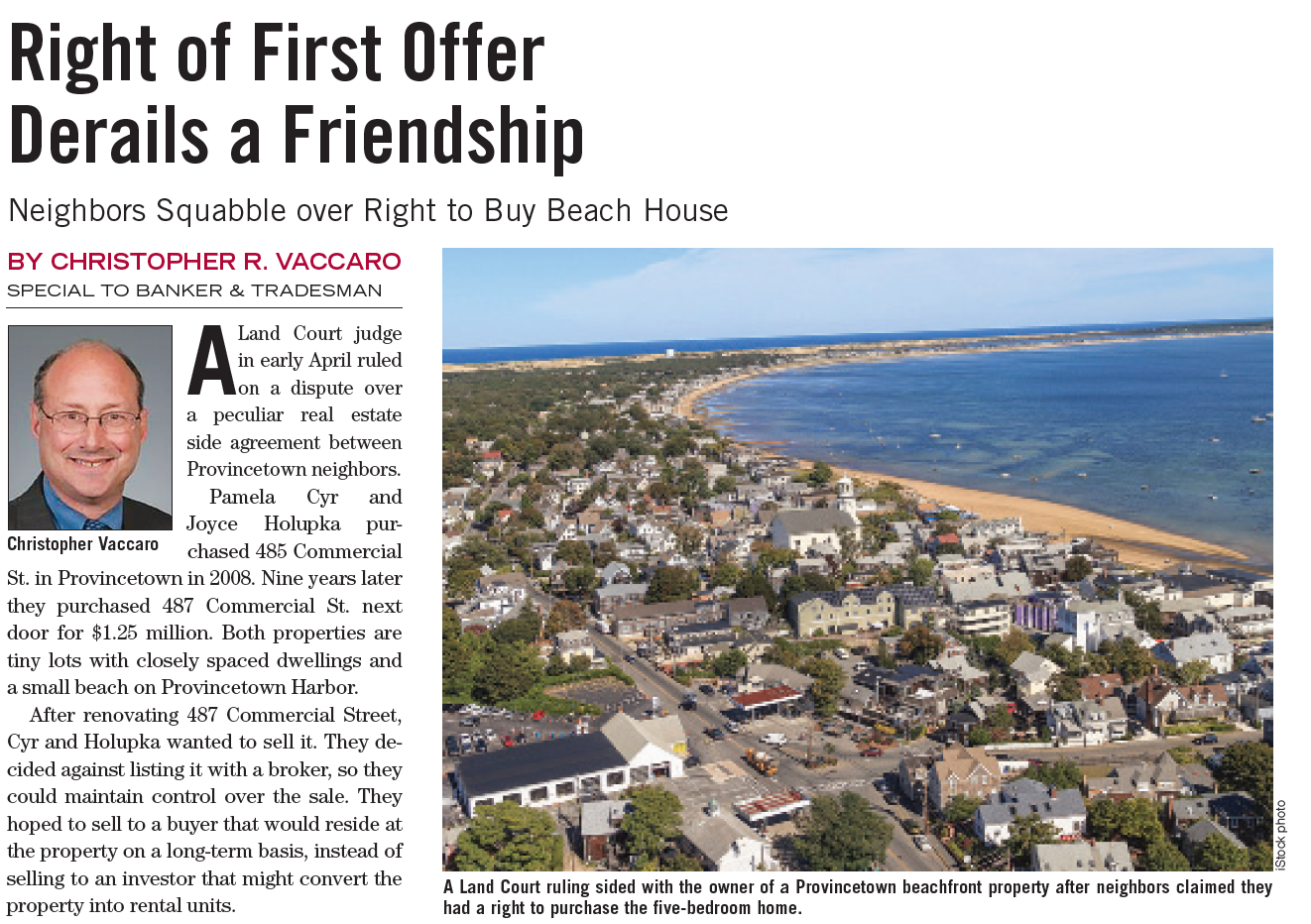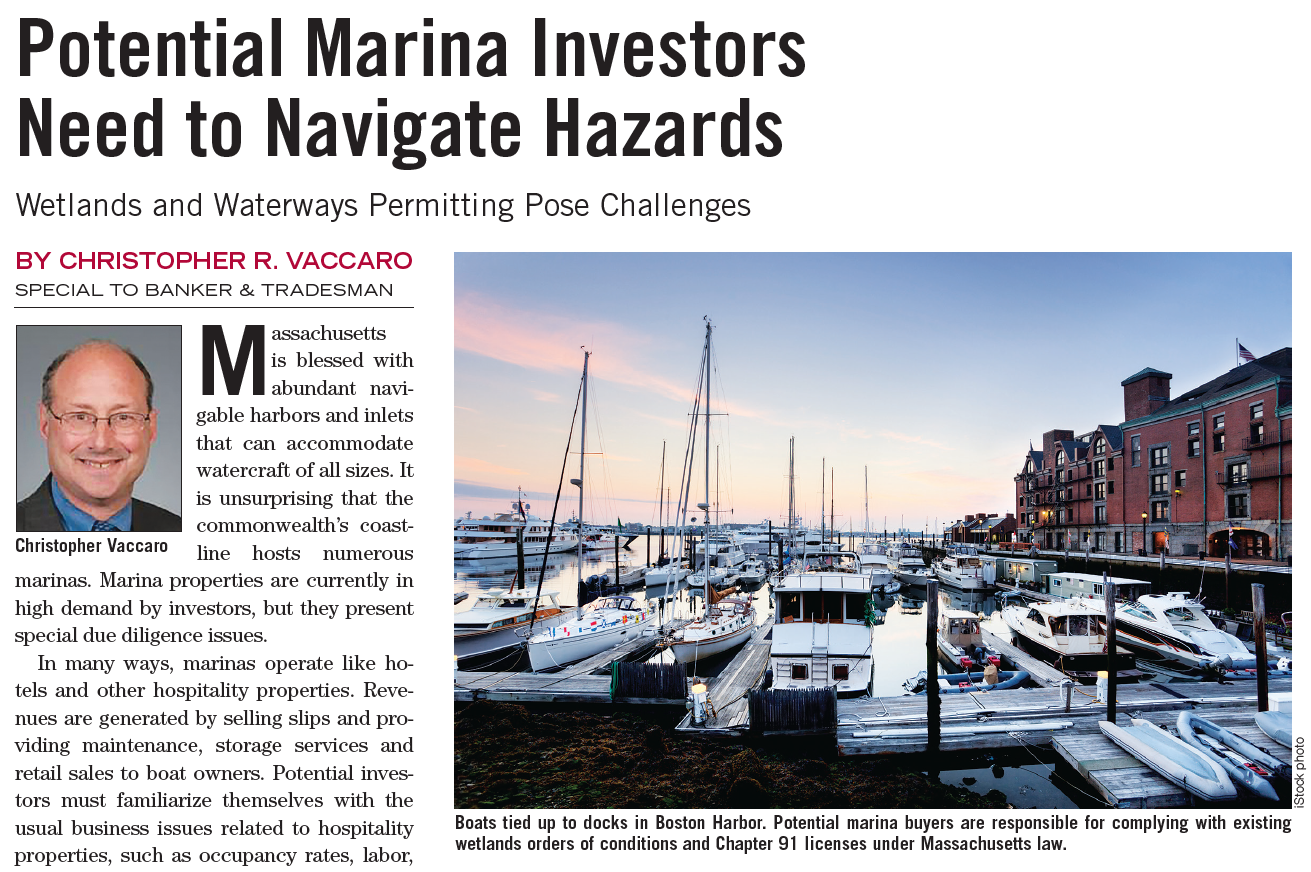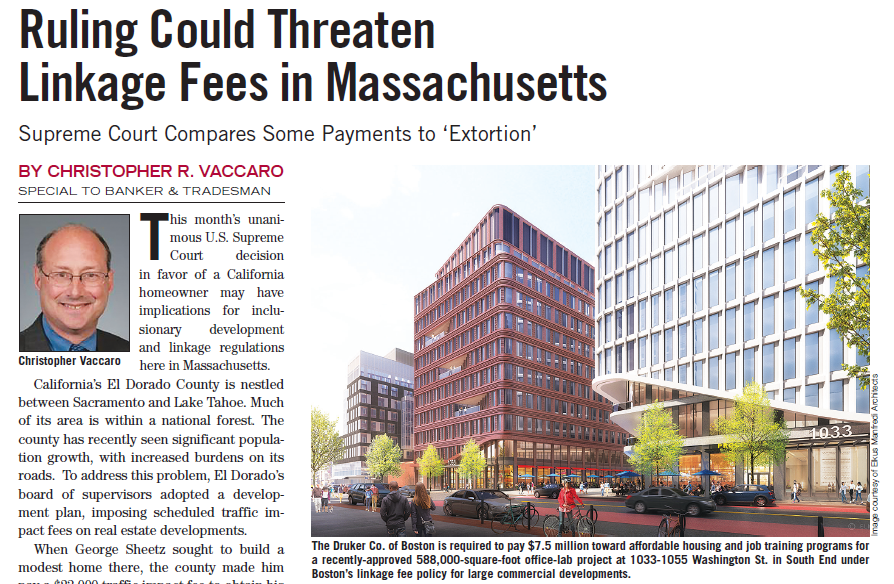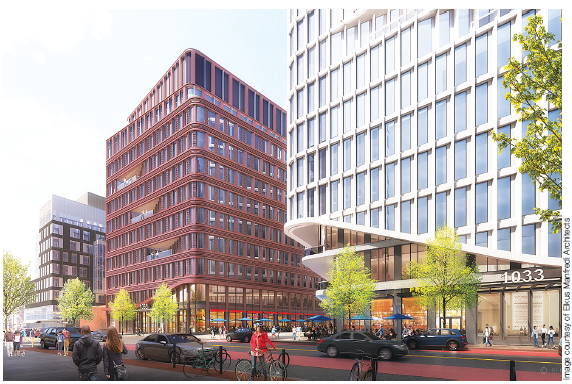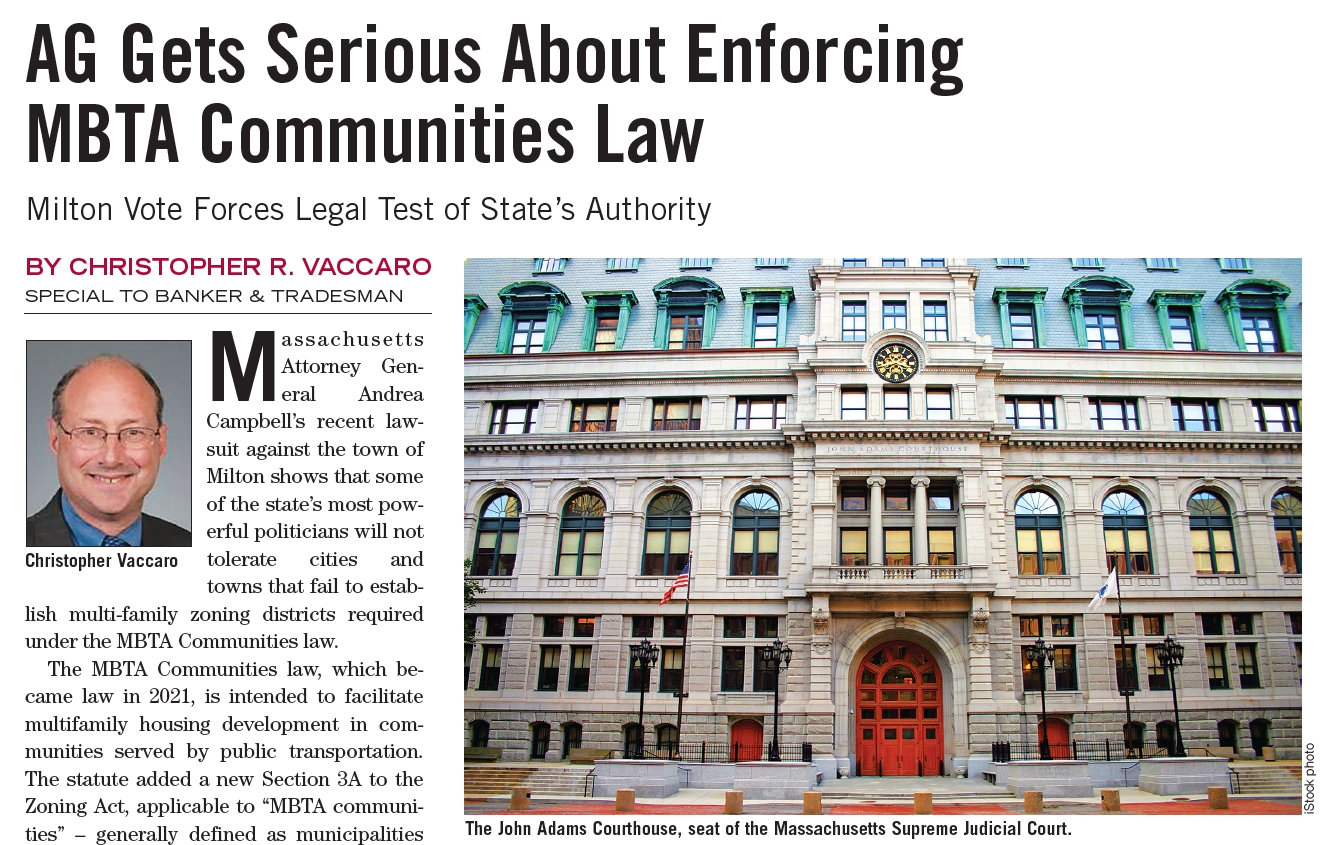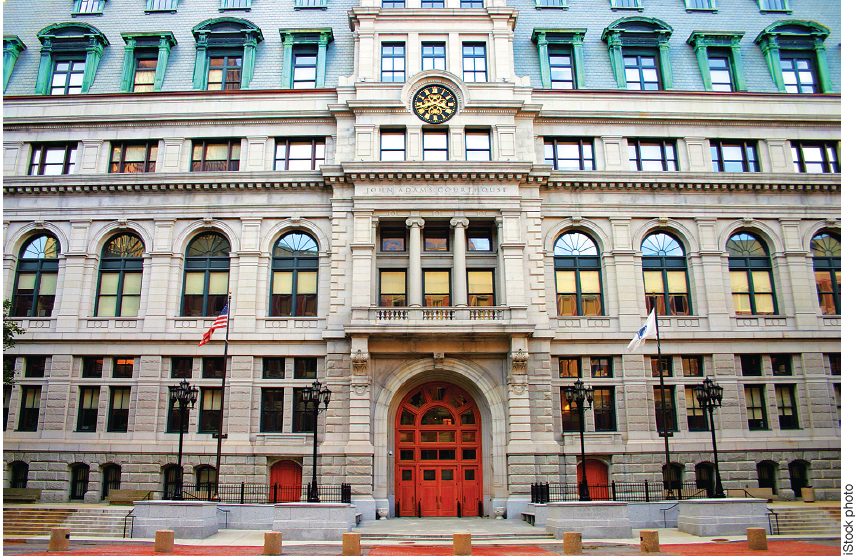 Restaurant Claims Harvard Project Led to Demise
Restaurant Claims Harvard Project Led to Demise
By Christopher R. Vaccaro
Special to Banker & Tradesman
Classic Restaurant Concepts LLC had high hopes when it started building out what was intended to be a destination restaurant in Harvard Square in early 2016. Unfortunately, those hopes were dashed when its landlord, Harvard University, began renovations for its nearby Smith Campus Center.
Harvard disclosed the renovation project to Classic Restaurants Concepts before Classic committed to the lease. But soon after the renovation began, Harvard’s contractor, Consigli Construction Co., closed Holyoke Street to vehicular traffic and restricted pedestrian access. Consigli informed Harvard that it expected the closure to continue until August 2018.
Although Harvard had advised Classic of the renovation project in advance, it had not warned Classic about the street closure. After the closure occurred in early 2016, Harvard assured Classic that the street would reopen before school started that fall, when Classic planned to open its restaurant.

at the Smith Campus Center (background, left) that allegedly contributed to the failure of the En Boca restaurant.
Classic spent about $470,000 in pre-opening expenses, mostly on hiring and training staff, managers and chefs. The En Boca restaurant opened that fall, but quickly failed. Classic ceased operations in June of 2017, after paying Harvard only two months’ rent. Holyoke Street remained closed until 2018, as Consigli had predicted.
Classic blamed the street closure for the restaurant failure, and sued Harvard in Superior Court for fraud, negligent misrepresentation, nuisance, breach of the implied covenant of good faith and fair dealing, breach of the covenant of quiet enjoyment of its leased premises, unfair and deceptive trade practices in violation of Massachusetts General Laws Chapter 93A and a declaratory judgment that it owed no rent to Harvard under its lease. Harvard counter-claimed against Classic for lost rent.
Harvard filed a motion for summary judgment, seeking a Superior Court disposition of the lawsuit in its favor without a trial. The Superior Court accepted Harvard’s arguments, dismissed all of Classic’s claims and entered judgment for Harvard on its counterclaim for lost rent of $1.4 million plus $300,000 in costs and attorneys’ fees. Classic appealed most of this judgment, but not the dismissal of its negligent misrepresentation and nuisance claims.
Fraud Claim Not Substantiated
Because the Superior Court had ruled for Harvard on summary judgment without a trial, the Appeals Court was required to draw all reasonable inferences from the evidence brought before the Superior Court in favor of Classic. The Appeals Court had to determine whether Harvard showed that there was no genuine factual dispute between the parties, and that Harvard was entitled to judgment as a matter of law.
The Appeals Court agreed with the dismissal of Classic’s fraud claim, noting that Classic offered no evidence that Harvard knew, before Classic signed the lease, the extent to which Holyoke Street would be closed.
However, the Appeals Court ruled that genuine issues of material fact existed on all of Classic’s remaining claims against Harvard.
The court first considered Classic’s claim that Harvard breached the implied covenant of good faith and fair dealing. Massachusetts courts read that covenant into all leases and contracts. The implied covenant protects each party’s contractual expectations from being defeated by inconsistent acts by the other party.
The court found that the closure of Holyoke Street could reasonably be expected to impair Classic’s restaurant operations, thus defeating the purpose of Classic’s lease. According to the court, there was evidence that Harvard breached the implied covenant when its contractor closed Holyoke Street.
Restaurant Gets Second Try
The court also noted that the street closure blocked vehicles and restricted pedestrian access to Classic’s restaurant. This amounted to evidence that Harvard breached its covenant of quiet enjoyment in the lease, under which landlords cannot interfere with tenants’ use and enjoyment of their leased premises.
As to Classic’s Chapter 93A claim, the court ruled that Harvard’s understatement
of the length of time for the street closure, despite the information provided by Consigli, was evidence that Harvard may have violated that statute. Finally, the court found evidence that the street closure may have amounted to a constructive eviction of Classic, absolving Classic of its obligation to pay Harvard rent.
The Appeals Court upheld the Superior Court’s dismissal of Classic’s claims for fraud, misrepresentation and nuisance, but vacated the dismissal of Classic’s claims for breach of the implied covenant of good faith and fair dealing, breach of the covenant of quiet enjoyment, violation of Chapter 93A and the judgment awarding Harvard lost rent plus costs and attorneys’ fees.
Classic’s appeal succeeded, but this case is far from over. Classic still must prove sufficient facts in Superior Court to prevail on its claims against Harvard and defeat Harvard’s counterclaim for lost rent.
Download the article as seen in Banker & Tradesman on August 26, 2024. Learn more about Christopher R. Vaccaro.




